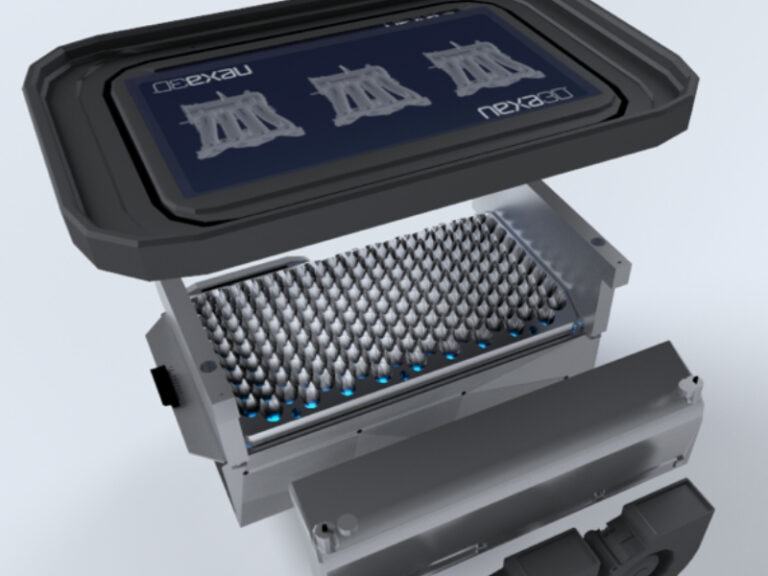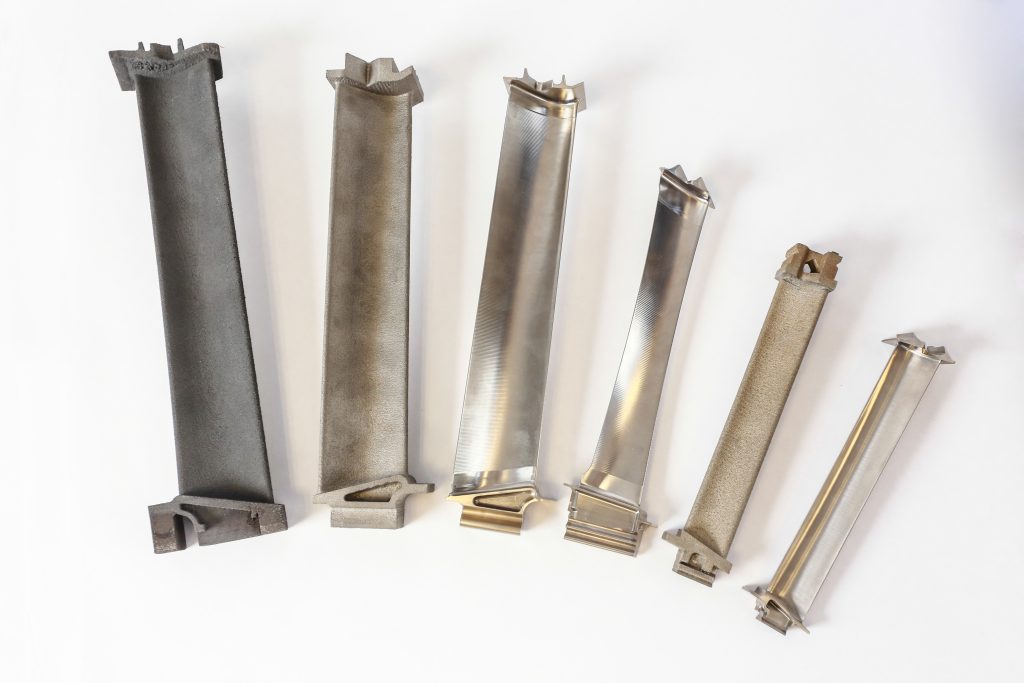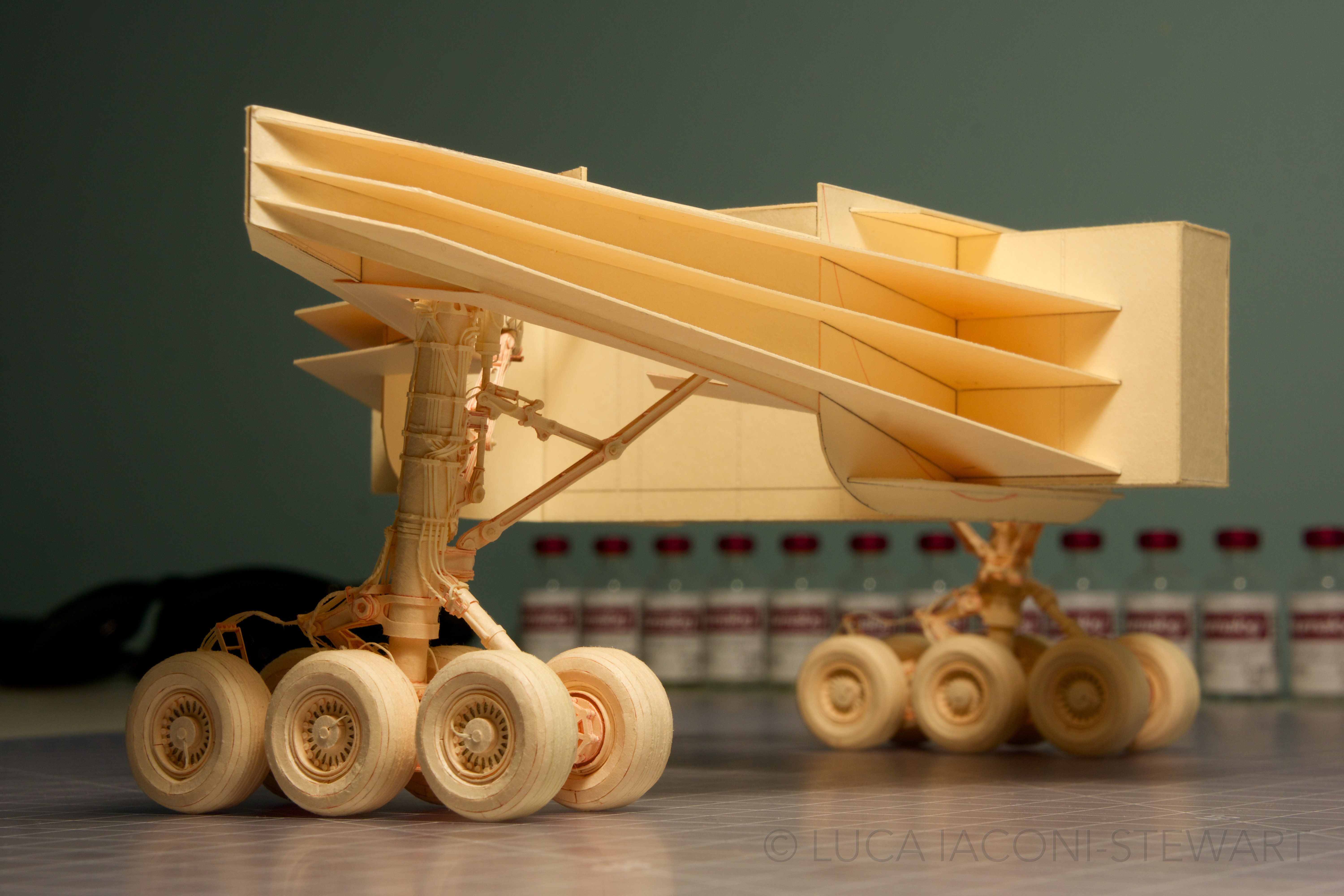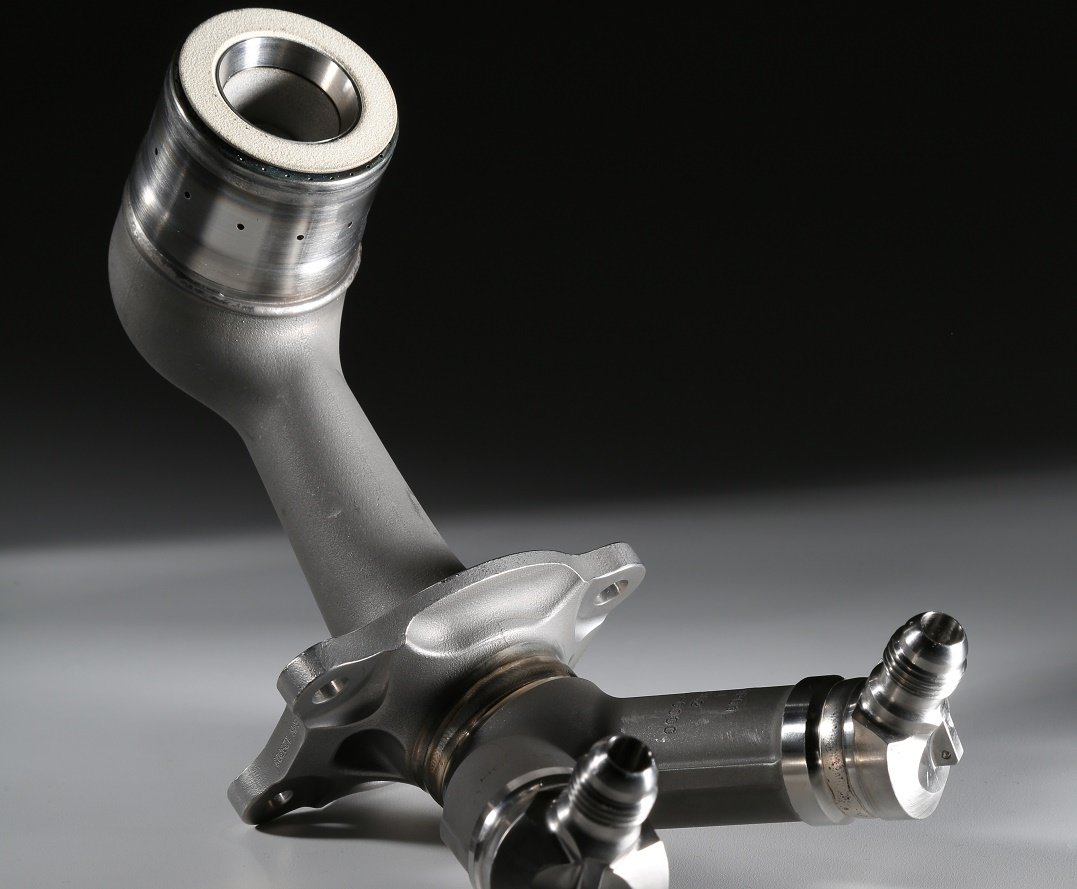- Home
- 3D Printers & AM Systems
- Arcam EBM Q10plus
- Arcam EBM Spectra L
- Arcam EBM Spectra H
- EP-A350 Resin (SLA)
- EP-A450 Resin (SLA)
- EP-A650 Resin (SLA)
- EP-A800 Resin (SLA)
- Lodestar S300
- Lodestar S400
- WaxJet 400
- WaxJet 410
- Sharebot Desktop System
- TPM P260
- TPM P360
- TPM P550
- TPM P320 HT [PEEK]
- EP P420 SLS 3D Printer
- EP P3850 SLS 3D Printer
- PCM 800
- PCM 1200
- PCM 1800
- PCM 2200
- EP-C5050
- EP-C7250
- EP-M150 [single/dual laser]
- EP-M260 [single/dual laser]
- EP-M300 [single/dual laser]
- EP-M450 [dual/quad laser]
- EP-M650 [dual/quad laser]
- EP-M150 Dental [single/dual laser]
- EP-M150 Pro [single/dual laser]
- Sharebot Metal One
- FUNMAT HT
- FUNMAT 410 PRO
- FUNMAT PRO 610 HT
- InnovatiQ X 500 Pro
- Slash 2 +
- Uniz NBEE
- Shinning 3D AccuFab-L4D
- NXE 200
- NXE 400
- XiP
- NXD 200
- QLS 820
Electron Beam Melting (EBM) Systems
SLA Systems (VAT Based Industrial Grade)
High Precision Wax : MJP
SLS (Polymer) Systems
Binder Jet/PCM (Sand Casting)
Investment Casting
Metal 3D Printers & AM Systems (Laser)
FFF/Filament (FDM) 3D Printers & AM Systems
High Precision Dental 3D Printer
Nexa 3D Printers
- 3D Scanner/3D Digitizing Solution
- FreeScan Trak
- FreeScan UE Pro
- FreeScan UE
- Autoscan Inspec
- RobotScan E0505 Robot Automatic 3D Scanning System
- OptimScan-5M Metrology 3D Scanner
Portable Wireless Optical Coordinate Measuring System
High Precision Laser Handheld 3D Scanner
High-Precision 3D Inspection Scanner - Software
- Applications
- Material
- Company
3D Printers & AM Systems
NXE 400

Ultrafast Photopolymer Industrial 3D Printer
The NXE 400 photopolymer 3D printer boasts an unprecedented 16L build volume, delivering unmatched speed and throughput without compromising on accuracy or repeatability. The NXE 400 industrial photopolymer printer features patented Lubricant Sublayer Photo-curing (LSPc®) technology, delivering accuracy and tolerances with a superior surface finish by turning SLA printing technology on its head.
Since desktop SLA printers are “inverted,” meaning they print upside down, they cure against a vat bottom or vat membrane. Care must be taken to peel the part away from the vat — typically a slow and delicate operation. LSPc technology leverages a self-lubricated, flexible membrane that resists sticking to both the printed part and the underlying LCD screen, which allows much faster printing speeds.
Meet all your unique industrial, R&D and manufacturing requirements using this ultrafast 3D printer which is completely modular in design with interchangeable parts, making it easy to upgrade technology and mitigate against obsolescence.
2.5x Larger Build Volume
Featuring 2.5x greater build volume (16L) compared to SLA and DLP-based technologies, the NXE 400 photopolymer 3D printer allows for much larger parts, higher part throughput, and ultimately lower part cost — all with higher-resolution pixels (76.5 µm) and isotropic prints.
6.5x Greater Print Speed
Nexa3D’s patented 3D printing LSPc process enables production speeds that are up to 6.5x faster than other 3D printers from the same class. Uniform exposure and process control also ensure production build speeds at the highest quality levels.
Broad Material Selection
NXE 400 industrial resin 3D printers are scalable to meet manufacturing demand, offering a wide range of materials to meet performance needs — including PP-Like, ABS-Like, and engineering-grade functional materials. Additionally, there are specialty materials tailored specifically for the production of high-temperature components.
NXE 400 Parameter
Build Volume : 10.8 x 6.1 x 15.7 inch (274 x 155 x 400 mm)
Max Resolution : 4K (3840 x 2160)
Pixel Pitch : 76.5 µm (0.0030 in)
Wavelength : 405 nm
Build Materials : UV Curable Plastics; xGPP-Translucent; XGPP-Grey; xPRO410; 3843-ABS-Black; xCE-Black; ABS-Black; xCE-White; xPP405-Black; xPP405-Clear; xPEEK147; x45-Natural; x45-Clear, x45-Black, xFLEX

Medical
Perhaps the most immediate and life-affirming industries currently benefiting from 3D printing are the medical industries. The most common application may be the use of a patient’s medical imaging data, such as a CT scan, to create a 3D-printed medical model.

Education
Education now finds a real meaning with the engineering practice and occupational skills training designed to build platform for innovative and efficient design. The process now provides student with the space for stimulating new originality and innovation, the design tools for transformation of concept sketch or real objects to 3D digital model, hardware support for getting 3D data from products, the intelligent manufacturing system that creates physical model from digital model quickly, and the manufacturing support for realizing small batch production of products.

Batch Manufacturing In Medical
Excellent Material Properties - Controlled microstructure, Better than cast, Compliant with applicable industry standards, Cost-Efficient Production, High productivity and Material recycling
NXE 400 Gallery
Read
Latest News
XJet Partners with Straumann to Boost Ceramic AM from Concept to Production - MANUFACTUR3D Read More
Legendary Damascus steel 3D printed by varying temperature of layers Read More
3D Printing in Education Market 2020 In-Depth Analysis of Industry Share, Size, Growth Outlook up to 2025 Read More
Ceramic 3D Printing Market Manufacturer Analysis and Segmentation from 2020-2026 | 3D Cream, Admatec, Emerging Objects Read More
Electron Beam Melting (EBM) Systems
SLA Systems (VAT Based Industrial Grade)
High Precision Wax : MJP
SLS (Polymer) Systems
High Precision Dental 3D Printer & AM Systems
Metal 3D Printers & AM Systems (Laser)
FFF/Filament 3D Printers & AM Systems
Copyright © 2024 Lodestar Innovations Private Limited. All rights reserved.




